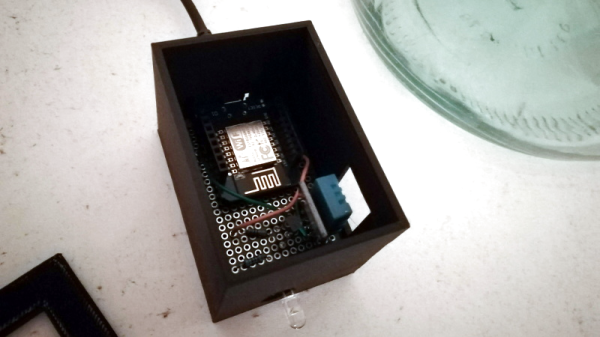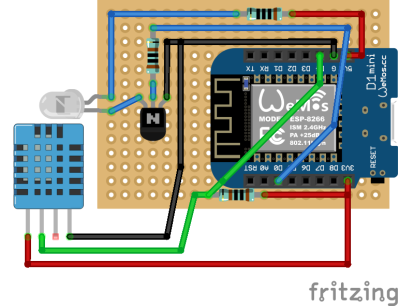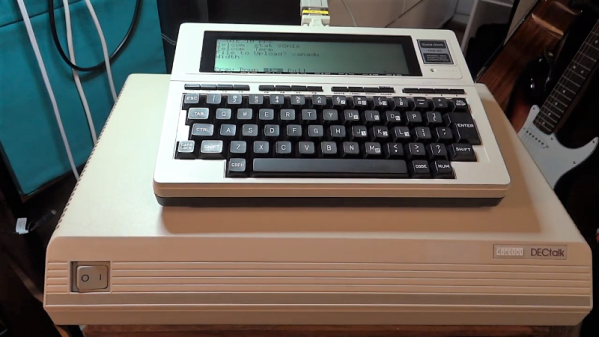It’s a truly exciting time for space enthusiasts. Humanity is finally shaking itself out of the half-century-long doldrums of deep space exploration and planning a return to the Moon and a push to Mars. Yes, exciting things have happened since the glory days of Apollo. We’ve reached out into the outer planets, drilled holes in asteroids, and made tracks across the face of Mars in an improbably durable rover. We’ve built magnificent space telescopes, created a permanent space station to replace a couple of temporary ones, and put an intricate constellation of satellites into service.
Those are all laudable achievements, but not a single living creature has intentionally achieved approached Earth escape velocity since three astronauts and five mice did it aboard Apollo 17 at 3:46 AM on December 7, 1972. Since then, we’ve all been stuck down here at the bottom of Earth’s gravity well, with only a lucky few of us getting a tease of what space travel is really like with low Earth orbit (LEO) missions.
But if NASA has its way, and certain difficulties with launch vehicles can be ironed out, in 2020 Earthlings will once again slip the surly bonds and make a trip to deep space. Of course those Earthlings will just be cultures of yeast carried into orbit around the Sun on a cubesat, but it’s a start, and it’s a good bet that more complex organisms won’t be far behind.
Continue reading “BioSentinel Mission Aims To Put Yeast Into Deep Space”



















